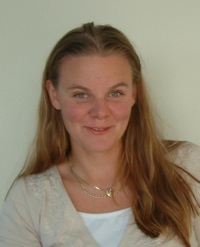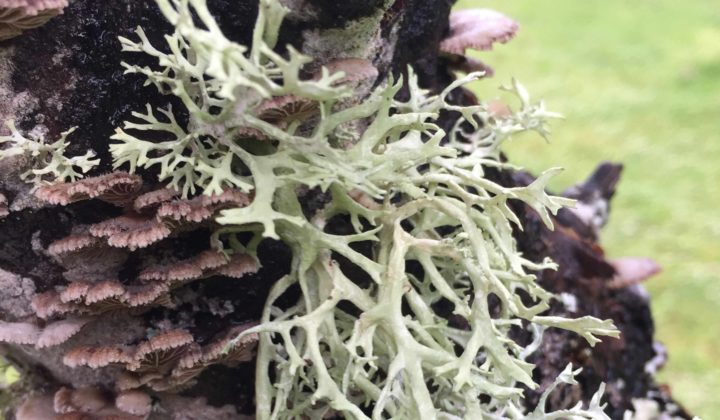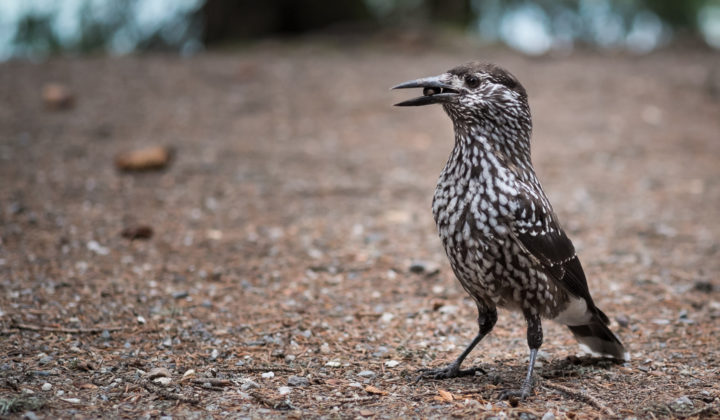
Leitung

Research interests
My research focus is on the dynamics of mobile genetic elements, in particular transposable elements in mammalian genomes.
What is a transposable element?
Transposable elements (TEs) are typically 300 to 6000 nucleotides long sequences that occur in multiple copies and make up 40-50% of the mammalian genome. They are present in all eukaryotes. TEs are divided into two classes, the retrotransposons and the DNA transposons. Common to the two classes is their ability to move around in the genome (“jumping genes”). Retrotransposons use a ‘copy-and-paste’ approach of an RNA intermediate and can thus multiply a million-fold by “pasting” new copies into the genome in a short time frame. To date there is no biochemical removal mechanism described. Therefore, every new copy in a genome will remain as a silent fossil, as an evidence for an integration event.
Transposable elements as unique relationship markers
TEs in the genome are inherited to all descendants and are thus an ideal marker system to resolve evolutionary questions. The genetic properties of TE inheritance make it a marker system that is independent from morphological or sequence analyses and offers a third way to resolve the phylogenetic history. The strength of TEs as evolutionary markers is that they are not affected by adaption such as morphological characters, and have virtually unlimited character states compared to traditional sequence analysis.
The ‘biodiversity’ of TEs in mammalian genomes
More than 500 different types of TEs, are known from the human genome. They are evolving in an intricate balance with the host genome. The interchange between different transposable elements within the host genome can be seen as a genomic ecosystem. As in natural ecosystems, introduction or extinction of transposable elements can have dramatic long-term effects on the genome, among others: causing disease, morphological changes, and adaptations.
The human genome and its transposable elements are being studied in detail, because of the medical implications. However, the genomes of other mammalian genomes are currently ‘black boxes’. Therefore, we study the impact of transposable elements on genome structure and composition in several distantly related mammalian groups.
2011- Post Doc Senckenberg
2010 Post Doc Lund University, Sweden
2007-2009 Post Doc Muenster University, Germany
2001-2006 PhD Lund University, Sweden
Selected publications:
Nilsson, MA. (2015) The devil is in the details: transposable element analysis of the Tasmanian devil genome. Mobile Genetic Elements. Gene
Gallus, S, Kumar, V, Bertelsen, MF, Janke, A, Nilsson, MA. (2015) A genome survey sequencing of the Java mouse deer (Tragulus javanicus) adds new aspects to the evolution of lineage specific retrotransposons in Ruminantia (Cetartiodactyla). Gene, 571(2):271-8.
Gallus, S, Kumar, V, Janke, A, Nilsson, MA. (2015) Disentangling the relationship of the Australian marsupial orders using retrotransposon and evolutionary network analyses. Genome Biol Evol. 7(4):985-92
For all publications, see my profile on Google Scholar

Research Interests
As a molecular ecologist, I have always been amazed by the rapid-evolving fields of genomics and genetics and its underlying potential. I am mainly interested in applying genomic and genetic methods to elucidate evolutionary uncertainties and to contribute to the conservation of our biodiversity. During my Msc thesis, I have worked on the genetics of the endangered Eurasian Black Vulture, resulting in a general interest in the (highly conserved) genome of birds. Currently, I am working on evolutionary genomics and genetics in passerine birds. The aim is to resolve phylogenies, examine evolutionary histories and to link this data with varying ecological and morphological traits.
Short CV
2018 – present Ph.D. student at the Senckenberg Biodiversity and Climate Research Centre (SBiK-F), Frankfurt am Main, Germany. Working group of Prof. Dr. Axel Janke
2015 – 2017 Msc Environmental Biology at the University of Utrecht, the Netherlands. Thesis topic: “First insights in the reintroduction of the Eurasian Black Vulture (Aegypius monachus) in Southern-France – evaluating individual contribution, genetic diversity and population genetic structure”. Supervised by dr. Peter Galbusera and Philippe Helsen
2014 – 2015 Student assistant at the department of Biology and Biomedical Sciences at the University of Utrecht, the Netherlands.
2009 – 2013 Bsc Biology at the University of Utrecht, the Netherlands.

